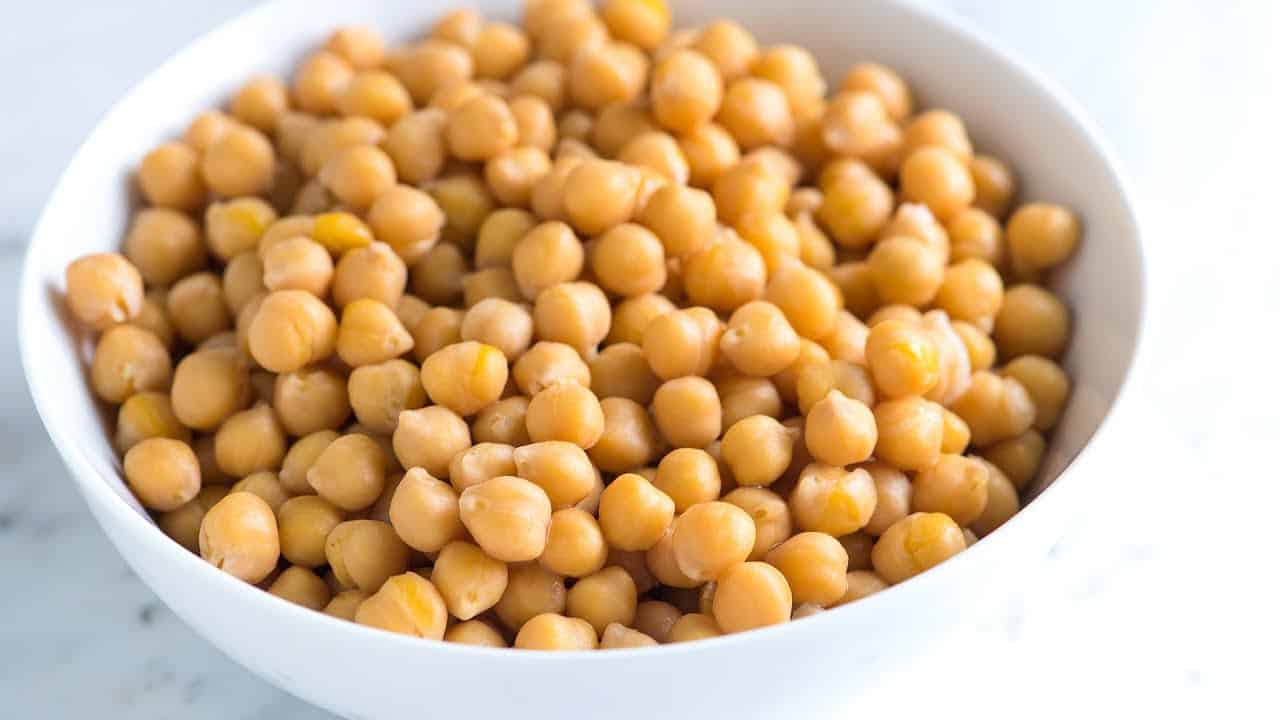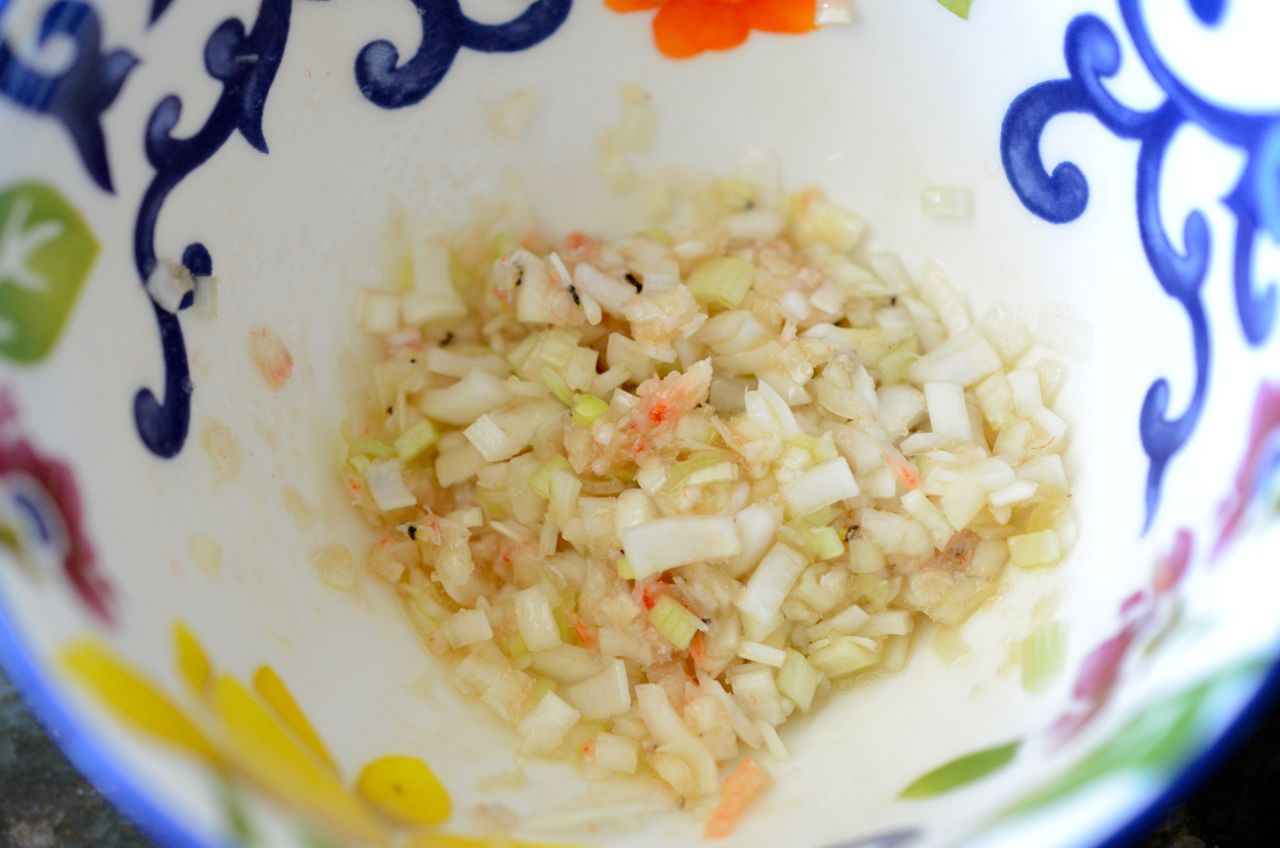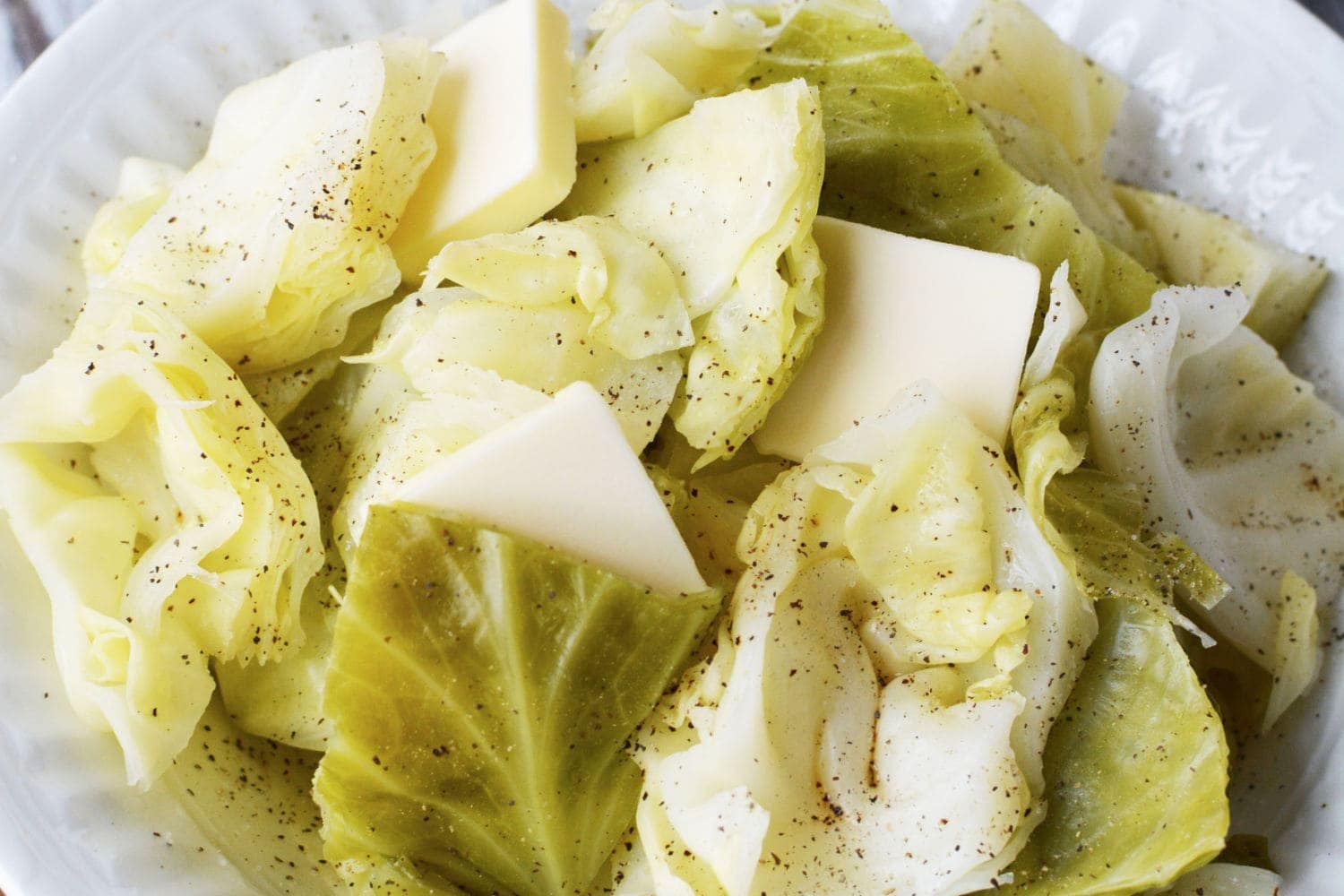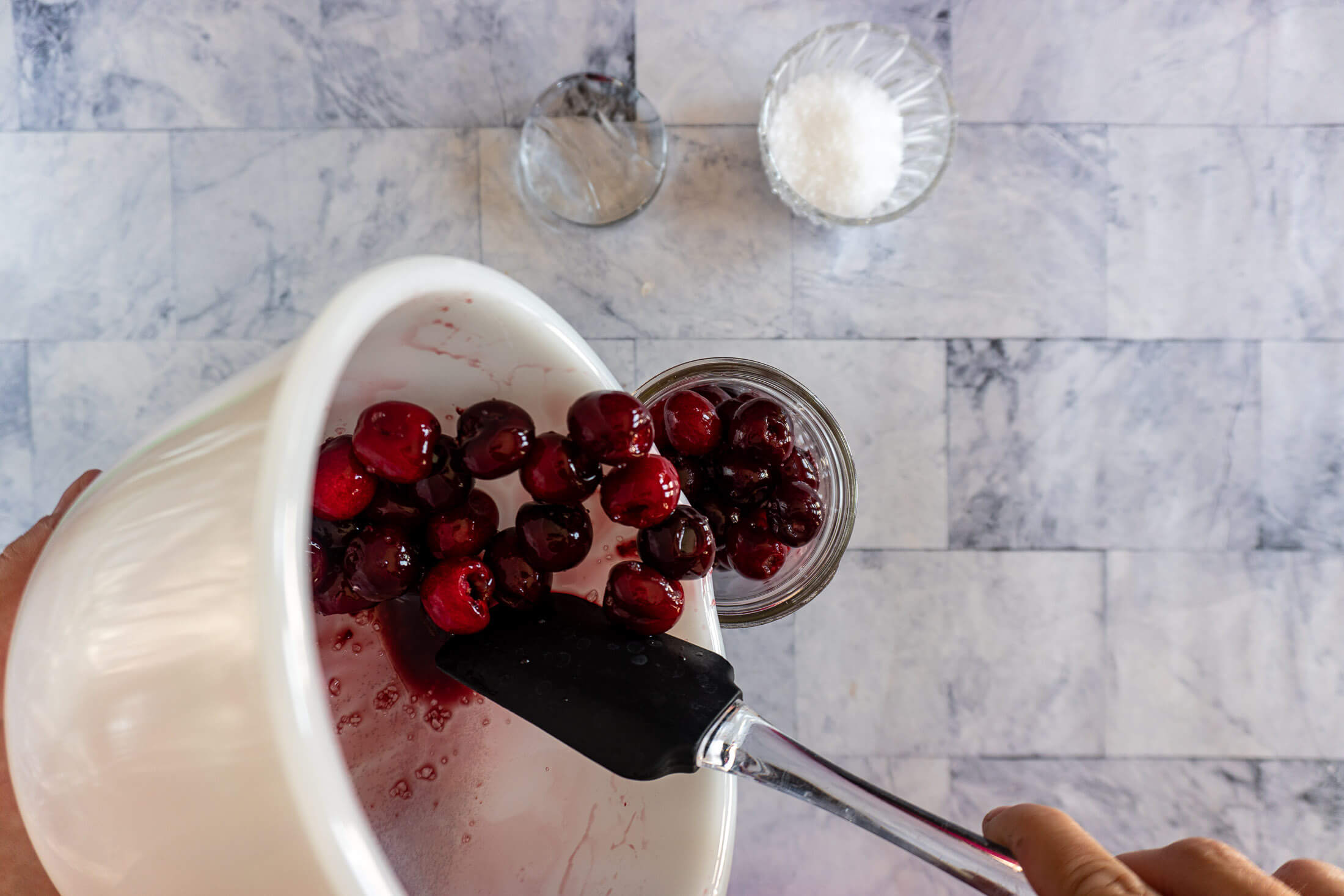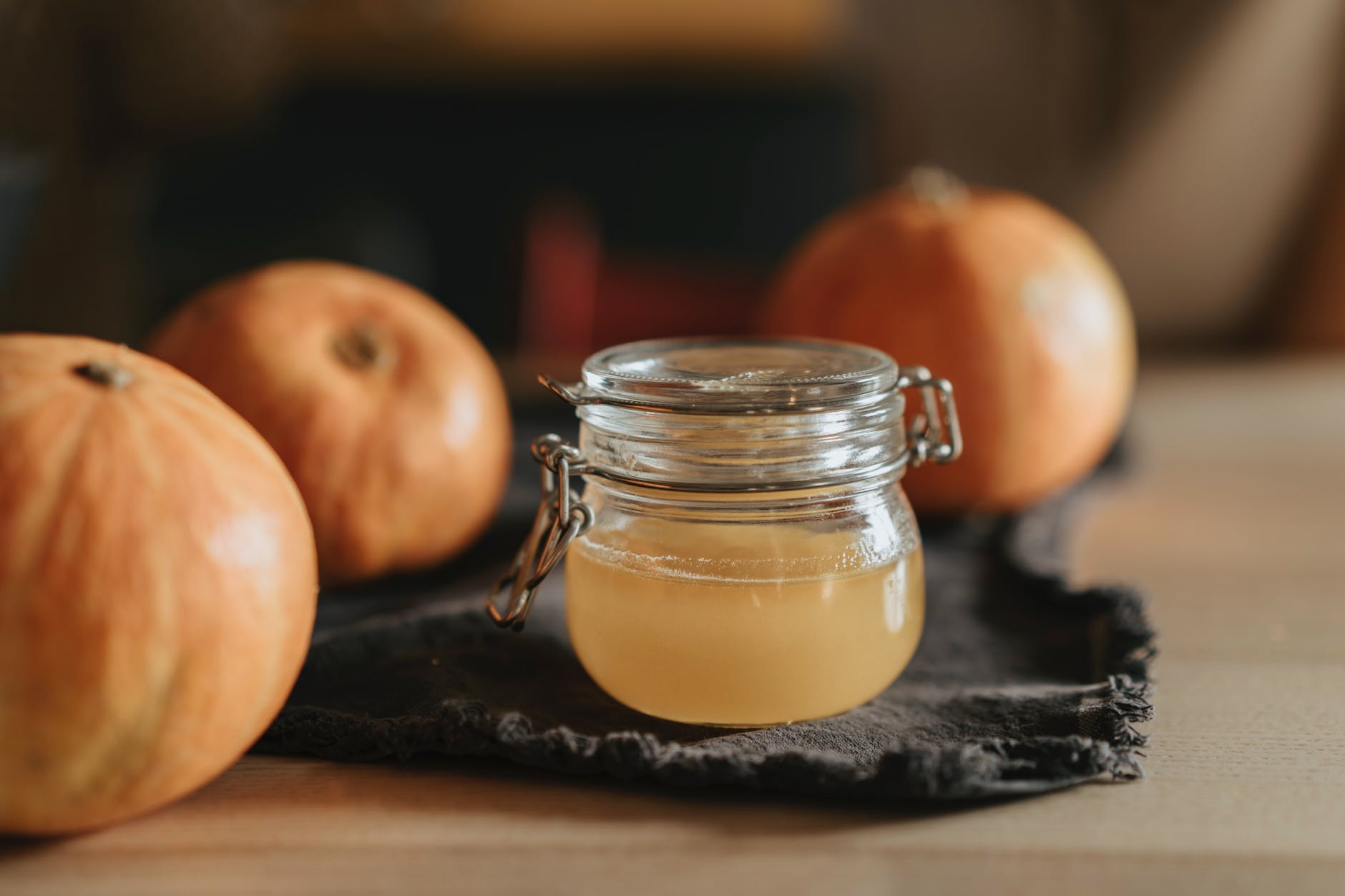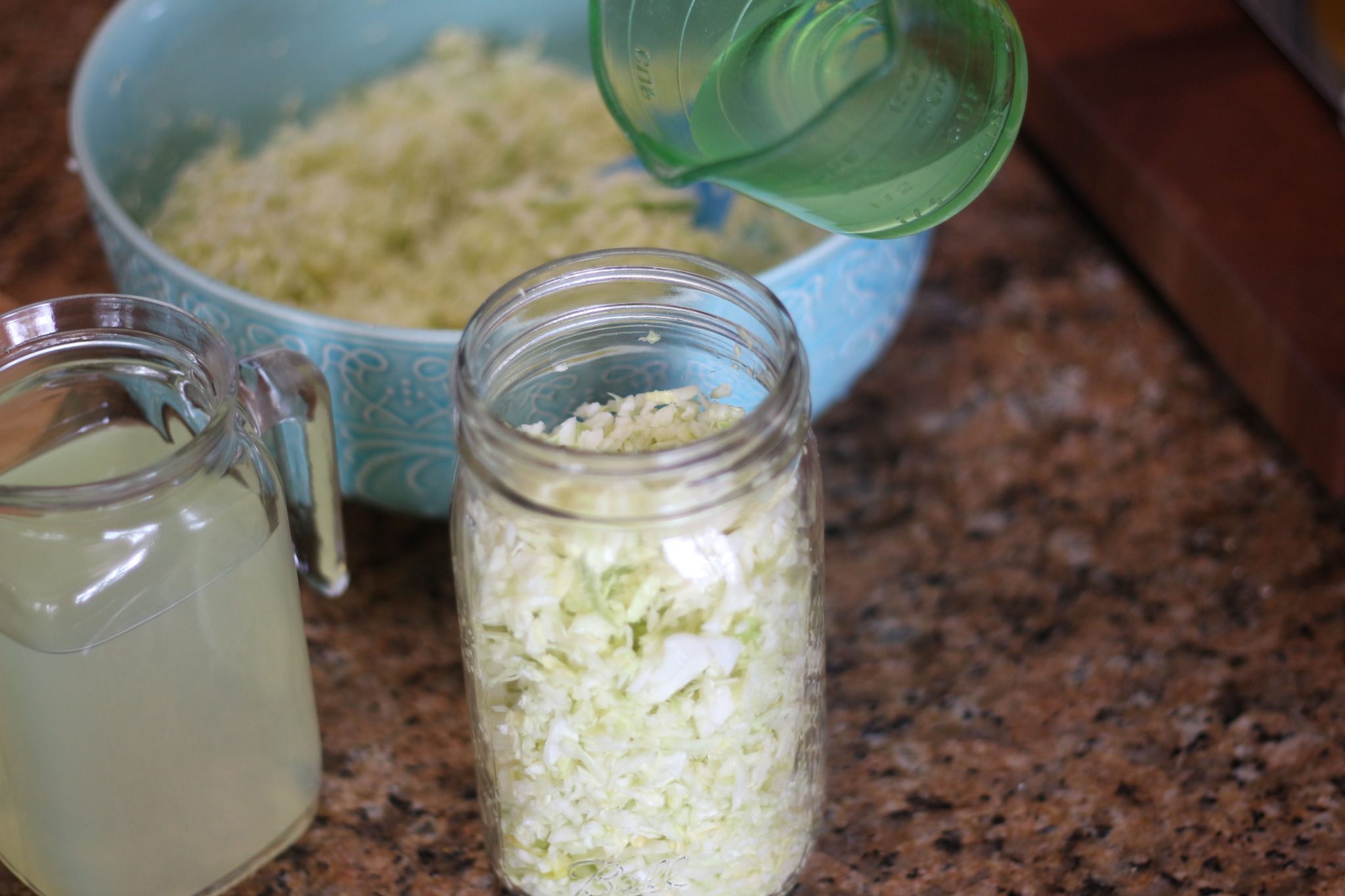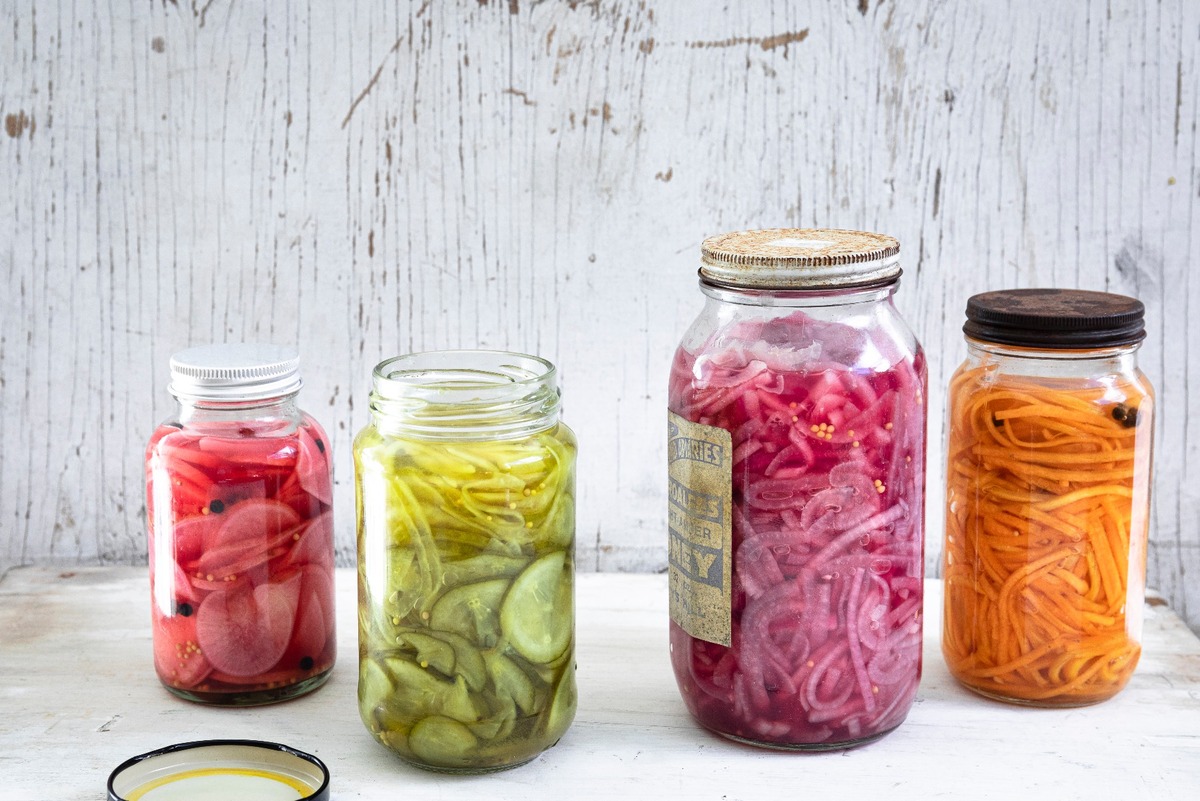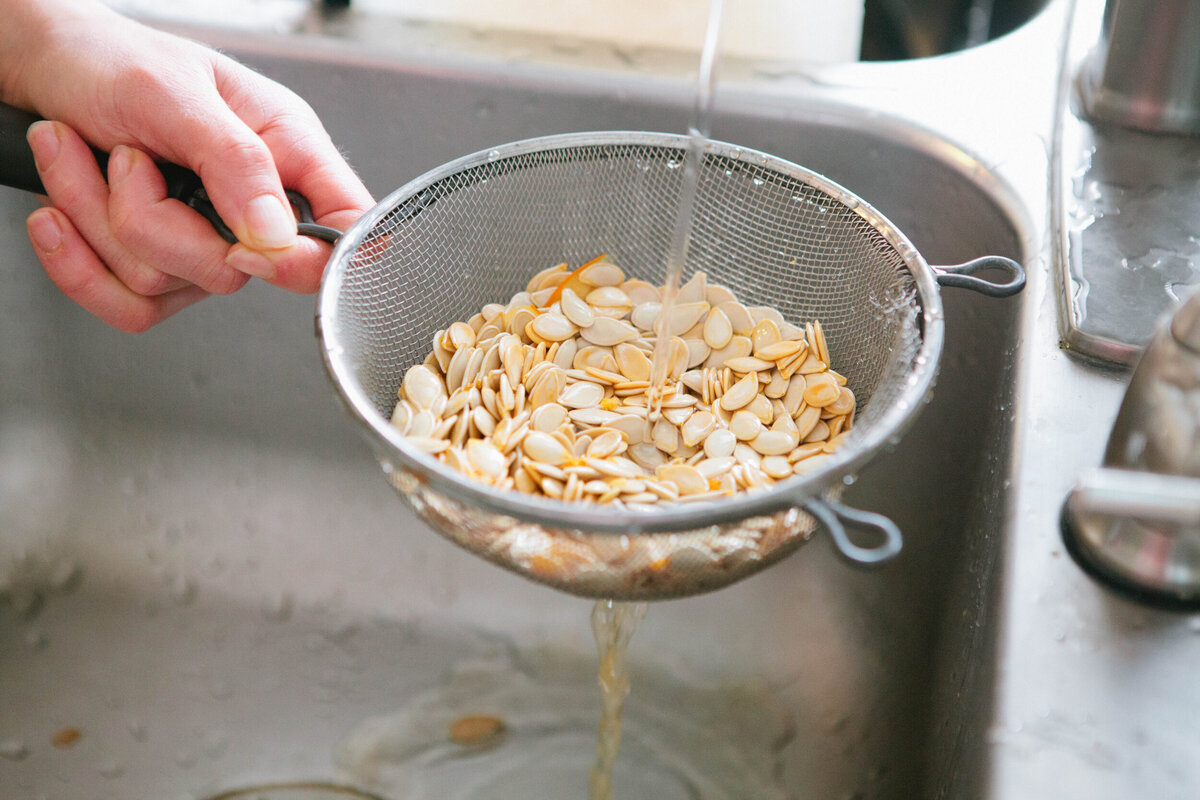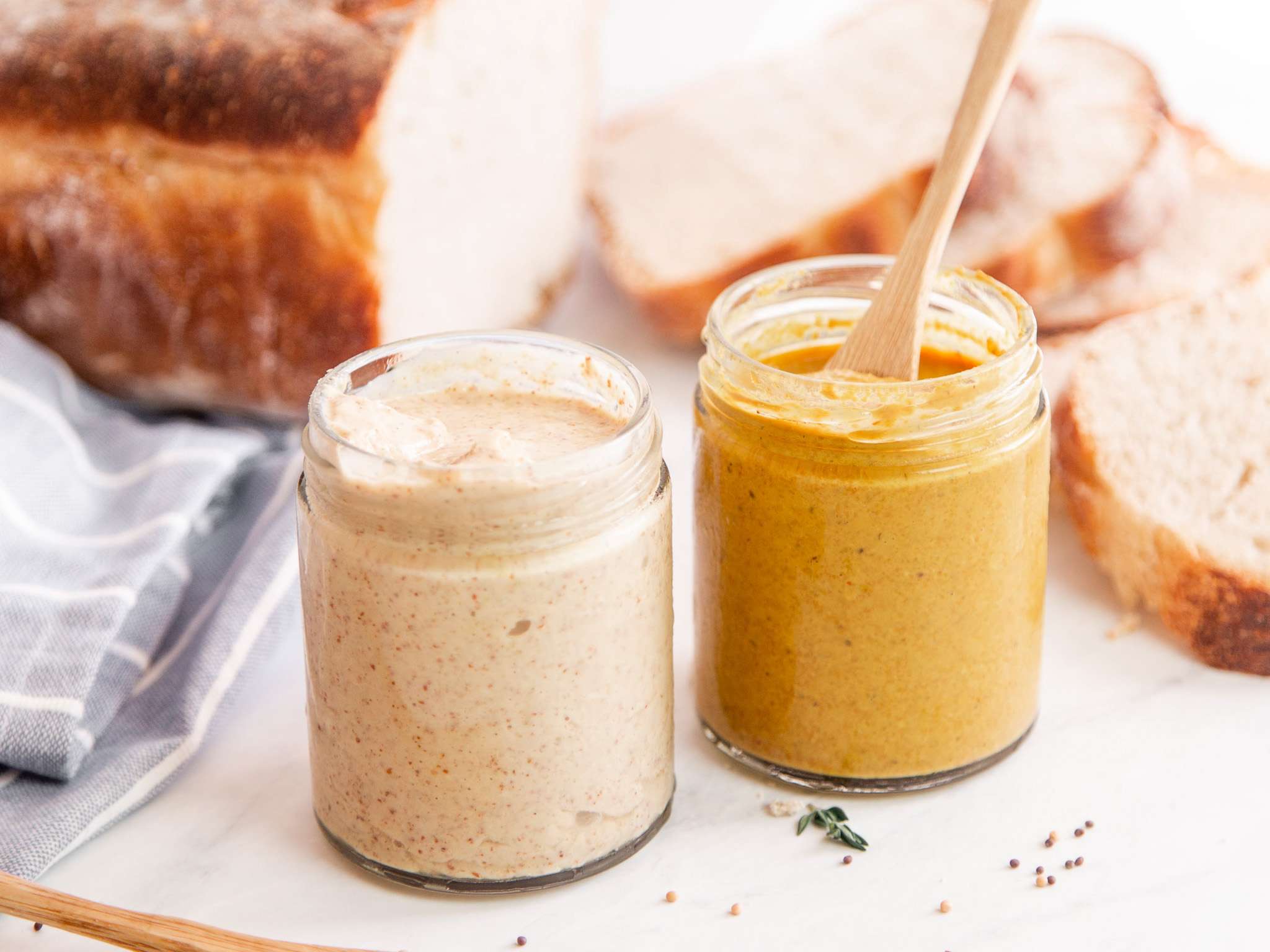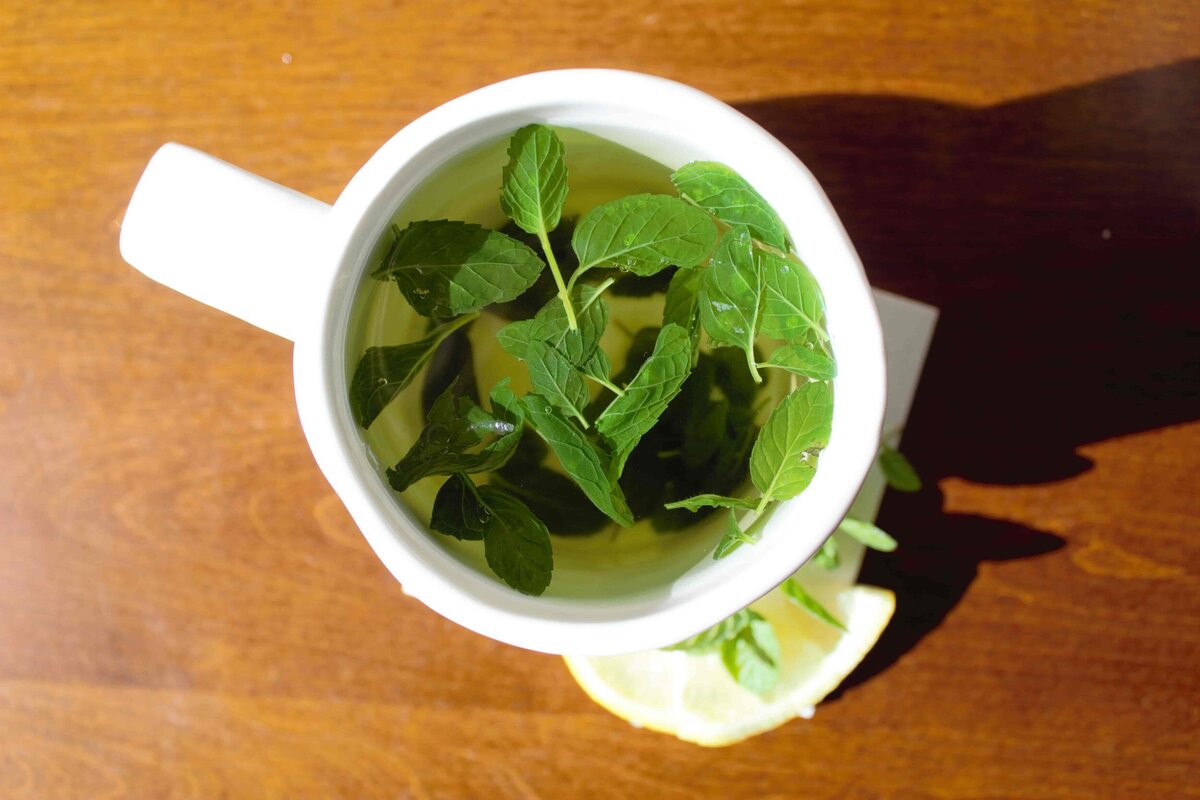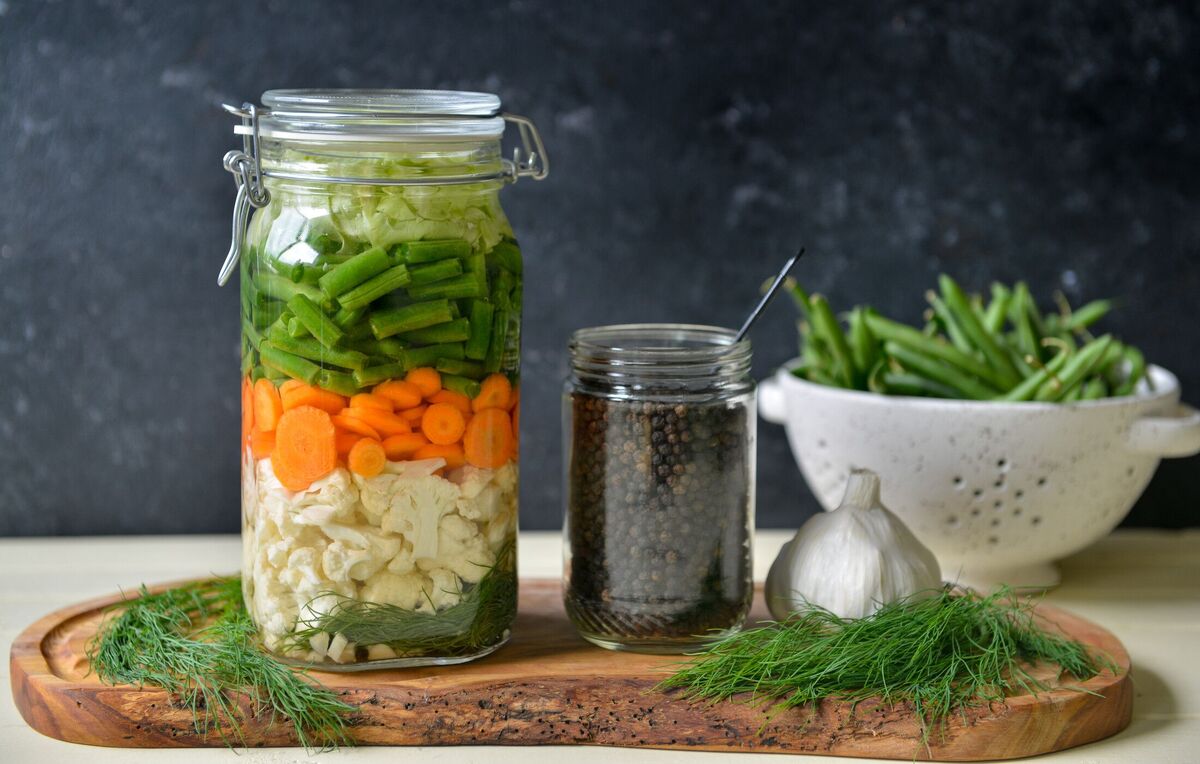Discover the Art of Fermenting Limes
Welcome to the world of fermentation, where you can transform ordinary limes into a tangy, flavorful treat. Fermenting limes is a simple and rewarding process that allows you to preserve their fresh, zesty flavor while adding a delightful tanginess. Whether you’re a seasoned fermenter or a newcomer to the world of fermentation, learning how to ferment limes is a great way to explore the art of preserving and enhancing flavors.
Why Ferment Limes?
Fermenting limes not only extends their shelf life but also unlocks a whole new depth of flavor. The fermentation process creates a unique tanginess and complexity that can elevate a wide range of dishes and beverages. From adding a zesty kick to your favorite cocktails to enhancing the flavor of savory dishes, fermented limes are a versatile ingredient that can take your culinary creations to the next level.
Getting Started: Fermenting Limes 101
Ready to dive into the world of fermenting limes? Here’s a step-by-step guide to get you started:
- Choose Fresh, Organic Limes: Start with high-quality, organic limes to ensure the best results. Rinse the limes thoroughly to remove any dirt or residue.
- Prepare the Limes: Cut the limes into quarters or slices, leaving the rind on. The rind contains essential oils and flavor compounds that will enhance the fermentation process.
- Add Flavor Enhancements: Get creative with flavor additions such as spices, herbs, or even a touch of sweetness. This is where you can customize the flavor profile of your fermented limes.
- Combine with Salt: Place the prepared limes in a clean, sterilized jar and sprinkle them with salt. The salt helps to draw out the natural juices from the limes and creates a brine that will kick-start the fermentation process.
- Weight it Down: Use a fermentation weight or a small, clean plate to keep the limes submerged in their own juices. This helps prevent spoilage and ensures an even fermentation process.
- Let it Ferment: Cover the jar with a breathable cloth or lid that allows gases to escape. Let the limes ferment at room temperature, away from direct sunlight, for about 1-2 weeks. Keep an eye on the fermentation process and check for any signs of mold or spoilage.
- Taste and Enjoy: Once the limes have reached your desired level of tanginess, transfer them to a sealed container and refrigerate. Your fermented limes are now ready to be enjoyed in a variety of dishes and drinks!
Ways to Use Fermented Limes
Now that you have a batch of tangy, fermented limes at your disposal, here are a few creative ways to incorporate them into your culinary creations:
- Cocktail Garnish: Add a slice of fermented lime to your favorite cocktail for a burst of tangy flavor.
- Sauces and Dressings: Blend fermented limes into homemade sauces and dressings for a unique citrusy twist.
- Marinades: Use fermented lime juice as a base for marinades to infuse meats and vegetables with a tangy, zesty flavor.
- Fermented Lime Pickle: Explore traditional recipes for fermented lime pickles, a popular condiment in many cuisines.
- Fermented Lime Soda: Get creative and use fermented lime juice to create a refreshing, probiotic-rich soda at home.
Final Thoughts
Fermenting limes is a simple yet transformative process that can elevate your culinary creations and introduce you to the fascinating world of fermentation. Experiment with different flavor combinations and explore the versatility of fermented limes in your kitchen. With a bit of creativity and patience, you can unlock the full potential of limes through the art of fermentation.
So, why not embark on a flavorful journey and start fermenting your own limes today?
Was this page helpful?
Read Next: How To Ferment Mango
